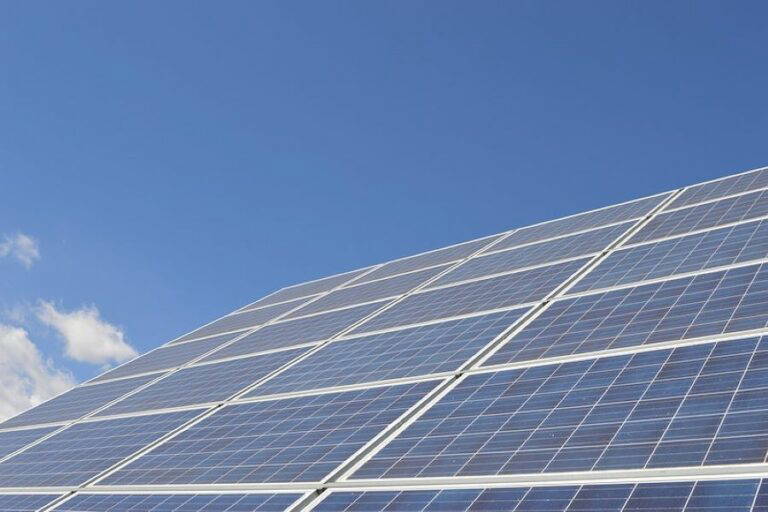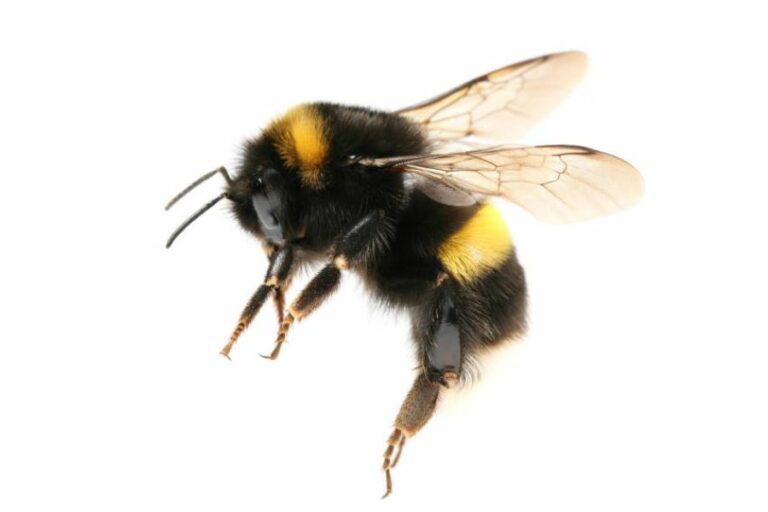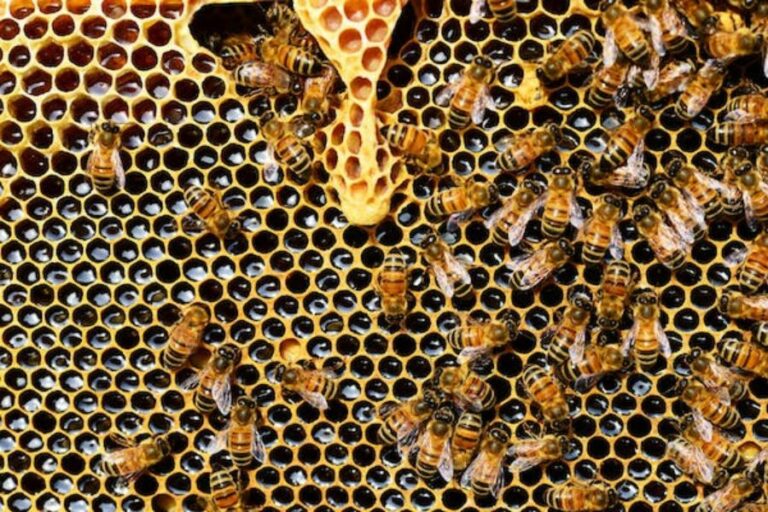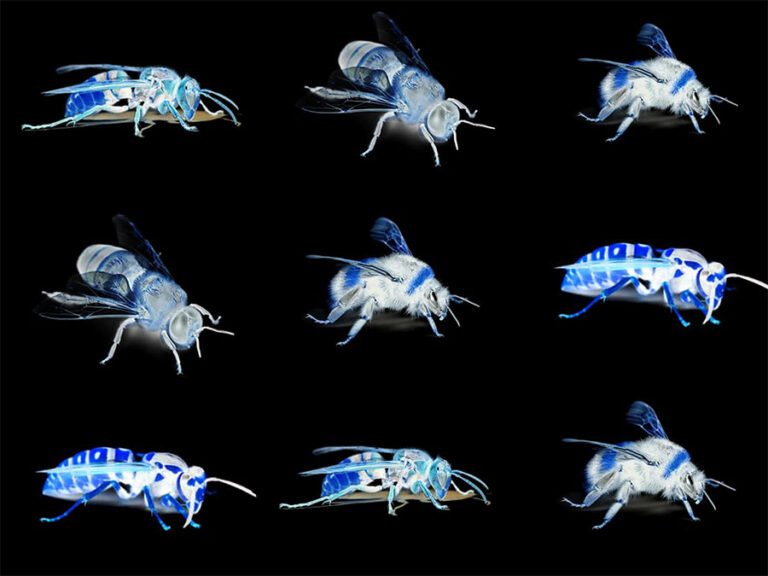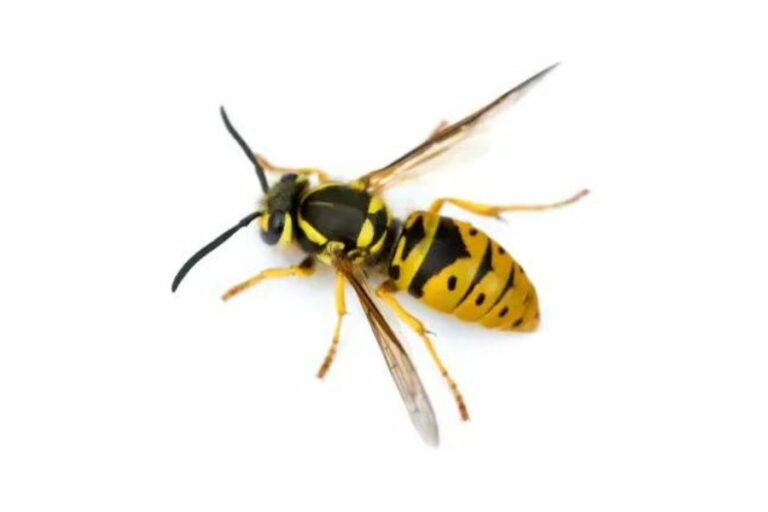Solar Panels & Bird Guano: Unveiling Hazards

Unmasking the Impact of Bird Nesting, Debris, and Bird Guano on Solar Panel Performance
Welcome to our blog, where we uncover the unexpected impact of birds nesting, debris, and guano on your solar panels. Discover how these seemingly harmless visitors affect energy efficiency, system performance, and more. Let’s dive into the world of solar panels and avian challenges!
How Does Bird Guano Affect Your Solar Panels?
Bird guano, also known as bird droppings, exerts a multifaceted impact on solar panels, transcending its seemingly innocuous nature. This avian residue, composed of a mixture of organic matter, uric acid, and other elements, creates a unique set of challenges that can compromise the efficiency and performance of solar panels.
Firstly, bird guano forms a physical barrier on the surface of solar panels. This accumulation layer effectively reduces the sunlight that reaches the photovoltaic cells beneath. The obstructed sunlight diminishes the panels’ ability to absorb and convert solar energy into electricity, directly decreasing energy output. This obstruction acts as a veil, impairing the panels’ efficiency and curtailing their capacity to contribute optimally to energy generation.
Moreover, the chemical composition of bird guano can contribute to localised temperature effects on the panel’s surface. Uric acid, a prominent component, can lead to increased heat retention. This elevated temperature, especially in concentrated areas where guano accumulates, can cause microcracks or damage to the protective coating of the solar panels over time. Such physical degradation can further compromise the panels’ ability to function efficiently, potentially necessitating repairs or replacement.
Additionally, bird guano poses hygiene and safety concerns for maintenance personnel tasked with cleaning and upkeep. The organic matter can attract insects and pests, creating an environment conducive to infestations. Cleaning operations may become more challenging and require specialised procedures to ensure the safety of those handling the maintenance.
Bird guano’s effects on solar panels extend beyond mere aesthetic concerns. Its influence encompasses diminished energy production, potential structural damage, and safety considerations. Regular and appropriate cleaning protocols become essential to mitigate these impacts, allowing solar panels to operate at their highest capacity while countering the challenges of nature’s avian occupants.
Bird guano, or bird droppings, may seem inconsequential, but they carry a range of facts and potential dangers, particularly regarding health risks to humans and other animals. Here are some key points to consider.
What are bird guano’s health risks, and how does it affect humans and other animals?
Facts about Bird Guano:
Composition: Bird guano is a mixture of organic materials, uric acid, faeces, and remnants of food birds consume. The specific composition can vary depending on the bird species and their diet.
Acidity: Uric acid in bird guano gives it its characteristic white colour and makes it highly acidic. This acidity can contribute to material degradation over time.
Nutrient Source: Historically, bird guano has been valued as a natural fertiliser due to its nutrient content, including nitrogen, phosphorus, and potassium.
Health Risks to Humans:
Respiratory Issues: Dried bird guano can crumble into fine particles that become airborne when disturbed. Inhaling these particles can lead to respiratory problems, especially for individuals with pre-existing conditions like asthma or allergies.
Disease Transmission: Bird droppings can harbour various pathogens, including bacteria, viruses, and fungi. Contact with contaminated surfaces or accidental ingestion can pose health risks, potentially leading to infections.
Histoplasmosis: This fungal infection is associated with bird guano and can cause flu-like symptoms, respiratory distress, and more severe complications in individuals with weakened immune systems.
Cryptococcosis: Another fungal infection linked to bird droppings, cryptococcosis primarily affects the lungs and can lead to severe illness, particularly in individuals with compromised immune systems.
Dangers to Other Animals:
Spread of Disease: Wildlife and domestic animals that come into contact with contaminated bird guano can be at risk of contracting diseases from the pathogens present.
Disruption of Ecosystems: In areas with high bird populations, excessive guano build-up can alter the nutrient balance in soil and water bodies, affecting local ecosystems.
Predator Exposure: Nesting materials and guano can attract predators or pests, which may lead to imbalances in local animal populations.
Preventive Measures:
Protective Gear: When cleaning bird guano or performing maintenance near it, wearing appropriate protective gear like masks, gloves, and goggles is crucial.
Regular Cleaning: Properly cleaning areas affected by bird guano can help mitigate health risks and prevent material degradation.
Professional Help: In cases of significant guano build-up or potential health hazards, seeking professional cleaning services is recommended.
While bird guano may have historical and ecological significance, it must be aware of its potential risks to human health and other animals. Taking preventive measures and practising proper cleaning protocols can help minimise these risks and maintain a safe and healthy environment.
How Does Nesting Material and Debris Affect Solar Panels?
Nesting materials and debris, while seemingly innocuous, can significantly impact the efficiency and functionality of your solar panels. These elements, often introduced by the natural environment, create a range of challenges that compromise the panels’ ability to harness sunlight and convert it into usable electricity.
Physical Obstruction: Hindering Sunlight Absorption
Nesting materials, such as twigs, leaves, feathers, and debris, can accumulate on the surface of solar panels. This accumulation forms a physical barrier that obstructs the direct interaction between sunlight and the photovoltaic cells beneath. Just as clouds obscure the sun, these materials cast a symbolic shadow on the panels’ ability to absorb and convert solar energy efficiently. The result is a reduction in the amount of light reaching the photovoltaic cells, which translates directly into decreased energy production.
Diminished Energy Output: Reduced Efficiency
As nesting materials and debris accumulate, the panels’ efficiency and energy output are compromised. The reduced sunlight absorption directly affects the panels’ ability to generate electricity at their optimal capacity. Each layer of debris adds another layer of hindrance, gradually decreasing the panels’ effectiveness in converting solar energy into usable power. This decline in energy production can lead to underperformance and a failure to meet the anticipated energy yield.
Microclimates and Temperature Effects: Impact on Longevity
Nesting materials and debris can create localised microclimates on the solar panel’s surface. These pockets of accumulated matter can trap moisture, leading to prolonged exposure to damp conditions. In turn, this moisture retention can accelerate the development of rust, corrosion, or other forms of material degradation. The retained moisture can also contribute to temperature fluctuations, potentially causing thermal stress on the panels. Over time, these temperature-induced stresses can weaken the panels’ structural integrity, leading to potential micro cracks or other forms of damage.
Fire Risk and Safety Considerations: Enhanced Hazards
The presence of debris and nesting materials also introduces potential fire risks. Dry leaves, twigs, or other combustible materials can become fuel sources if exposed to high temperatures or electrical malfunctions. The increased fire risk not only endangers the panels themselves but also threatens surrounding structures or vegetation. Furthermore, debris accumulation may attract pests or insects, creating an environment conducive to infestations that can further compromise the panels’ performance and safety.
How can I prevent birds from nesting under or around solar panels?
Preventing birds from nesting under or around your solar panels requires a combination of proactive measures and strategic planning. By implementing these strategies, you can deter avian visitors and protect the integrity of your solar energy system:
Install Bird Deterrents: Various bird deterrent solutions are available, including spikes, netting, and wire mesh. These physical barriers prevent birds from accessing the underside of the panels and discourage nesting.
Block Access Points: Seal off gaps and openings beneath the panels where birds might find entry. Ensure that any potential nesting sites, such as gaps in the roof or eaves, are properly sealed.
Trim Nearby Trees and Foliage: Birds often use trees and nearby vegetation as launch points to access your panels. Regularly trim branches that provide easy access to the panels, reducing the risk of nesting.
Use Visual Deterrents: Hanging reflective objects, like shiny tape or bird scare balloons, can create a visual disturbance that discourages birds from approaching your solar panels.
Ultrasonic Devices: Ultrasonic bird-repellent devices emit high-frequency sounds that are bothersome to birds but are often invisible to humans. These devices deter birds from nesting without harming them.
Predator Decoys: Placing decoys of natural bird predators, such as owls or hawks, near your panels can create the illusion of danger and discourage birds from nesting.
Maintain a Clean Environment: Regularly clean up fallen debris, leaves, and food sources around your panels. Removing potential nesting materials and food can encourage birds to consider your panels a suitable nesting site.
Use Scent Repellents: Certain scents, like citrus or mint, are unpleasant to birds and can deter them from nesting. Applying these scents around your panels can help keep birds at bay.
Employ Bird-Friendly Landscaping: Choose landscaping plants less attractive to birds for nesting. Native plants and those with dense foliage can help create a less inviting environment.
Regular Inspection: Periodically inspect your panels and the surrounding area for signs of bird activity or potential nesting. Early intervention can prevent nesting before it becomes a problem.
Consult Professionals: If bird infestation persists or worsens, consider seeking advice from pest control or bird management experts. They can provide tailored solutions based on specific bird species and local conditions.
Which bird species are prone to causing damage to solar panels due to nesting or debris accumulation?
Certain bird species are more likely to cause damage to solar panels through nesting or debris accumulation. These species may exhibit nesting behaviours that are particularly problematic for solar panel installations. It’s essential to be aware of these birds and their habits when considering measures to prevent damage. Some common culprits include:
Pigeons: Pigeons are known for their adaptability to urban environments and tendency to nest in sheltered areas, including under solar panels. Their nesting materials and droppings can accumulate and block airflow, reducing the panels’ efficiency.
Sparrows: House sparrows are notorious for building nests in various nooks and crannies, including under solar panels. Their nesting materials can cause clogs and hinder proper ventilation, impacting panel performance.
Starlings: European starlings often form large colonies and seek sheltered spaces for nesting. They can introduce nesting materials and debris that create obstructions, potentially affecting energy output.
Seagulls: In coastal areas, seagulls can be a concern. They are opportunistic nesters and may choose the sheltered space under solar panels as a nesting site.
Swallows: Swallows are known for building mud nests on structures. If your solar panels have exposed wiring or gaps, they might find these spaces appealing for nesting.
Crows and Ravens: Corvids, such as crows and ravens, are intelligent birds that might be attracted to solar panels as vantage points or nesting sites. They may dislodge debris or cause damage while exploring the area.
Magpies: Magpies are known for their attraction to shiny objects. They might be drawn to solar panels and could cause damage while investigating the area.
Nesting Waterfowl: Ducks and geese may attempt to nest near water sources, including on rooftops with solar panels. Their nests can introduce debris and blockages.
Woodpeckers: In some cases, woodpeckers may peck at the panels’ frame or casing out of curiosity or as part of their territorial behaviour.
How does weather and seasonal variation affect bird nesting and debris buildup on solar panels?
Weather conditions and seasonal changes significantly influence the likelihood of bird nesting and debris accumulation on solar panels. Different times of the year and varying weather patterns can affect bird behaviour and the availability of nesting materials, ultimately impacting the potential for nesting and debris build-up. Here’s how weather and seasons come into play:
Spring and Summer:
Nesting Season: Spring and early summer are prime nesting seasons for many bird species. Warmer temperatures and longer daylight hours create optimal conditions for breeding and raising chicks.
Abundance of Nesting Materials: During these seasons, birds actively search for nesting materials, such as twigs, leaves, and grass, to build their nests. Solar panels provide sheltered areas that can attract birds seeking safe nesting spots.
Increased Activity: With more birds present and active, the likelihood of nests forming under or around solar panels can rise. Birds may also see solar panels as vantage points for keeping an eye on their surroundings.
Debris Accumulation: As birds build their nests, debris from nearby trees and vegetation may accumulate on panels, reducing efficiency and energy output.
Fall and Winter:
Migration and Movement: In the fall, many bird species migrate to warmer climates, decreasing local bird populations. As a result, the likelihood of nesting and debris accumulation on solar panels may decrease.
Less Nesting Activity: With fewer birds actively nesting, the chances of new nests forming under solar panels diminish.
Debris from Weather Events: During fall and winter, weather events such as wind and rain can dislodge leaves, twigs, and other debris, which may find their way onto solar panels.
It’s important to consider regional variations and the specific bird species in your area. Local climate conditions, such as rainy seasons or periods of high winds, can also influence the accumulation of debris on solar panels. Regular monitoring and maintenance throughout the year can help mitigate the impact of weather-related factors on bird nesting and debris build-up. Employing preventative measures, such as installing deterrents or practising regular cleaning, can help ensure the optimal performance of your solar panels regardless of the changing seasons and weather conditions.
